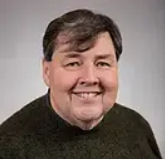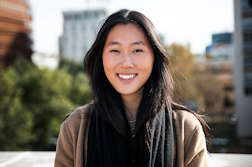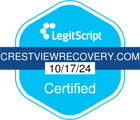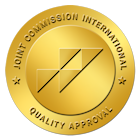Every person on the planet gets anxious sometimes. From an evolutionary perspective, a certain amount of anxiety helps keep us alive. However, excessive, persistent, irrational nervousness about everyday situations is a dominant force in nearly every aspect of their lives for people with anxiety disorders. Types of anxiety disorders include the following:
- Generalized anxiety disorder
- Social anxiety disorder
- Specific phobias
- Separation anxiety disorder
Feeling unnecessarily anxious or panicked interferes with daily activities. For a person struggling with an anxiety disorder, these feelings are extremely difficult to control, and they can have a profound implant on a person’s life. You may avoid situations or places to prevent these feelings. Symptoms may start during childhood or adolescence. Without anxiety treatment, anxiety can easily continue into adulthood and leave people at risk of developing addictions to benzodiazepines and other drugs.
Types of Anxiety Disorders People Struggle With Frequently
Social anxiety is among the most common types of anxiety disorders. It makes you afraid of what others think about you. That’s not the discomfort you feel before making a speech in front of a room full of people. It’s the fear of having someone criticize or embarrass you when you just go to sit down somewhere in public.
Generalized Anxiety
A more generalized anxiety disorder keeps you worrying about things. You’re afraid of what might happen in a variety of situations. Some of these worries have little to no grounding in reality. Moreover, these feelings of fear and dread continue for six months or longer.
Panic Attacks
Anxiety disorders sometimes involve repeated waves of severe anxiety that often include fear or terror that peak within minutes. These are known as panic attacks. Panic attacks are another example of these disorders. In addition to the psychological anxiety, you experience physiological manifestations. These can include shortness of breath, sudden sweating, a racing heartbeat, and dizziness. These episodes occur repeatedly, frequently, and without cause.
Understanding the Difference between Anxiety and an Anxiety Disorder
Everyone has “one of those days” occasionally. You stay up late worrying about finances or a relationship. However, these feelings don’t last. They go away after a day or so. Anxiety disorders, on the other hand, stick around. You experience them frequently and for a long time. They disrupt your ability to live life normally. You start to fear them because they crop up at the worst possible moments.
When Addiction Enters the Picture
You’d do anything to relax and quiet the discomfort caused by your anxiety disorder. Nervous system depressants can help. Alcohol, benzodiazepines, and opioids, for example, do an excellent job at numbing you. They keep intrusive thoughts at bay. But these substances also carry a high potential for addiction. You soon believe that you can’t function among peers unless you’ve had a few drinks. You don’t trust yourself to live life without the numbing of opioids. Your body follows suit and develops a dependency on the substance. Anxiety disorders and addiction have a strong connection. Sometimes, you don’t even know that you’re dealing with an anxiety issue along with your addiction. Are you aware of the most common types of anxiety disorders and their symptoms?
Managing Anxiety Is Within Your Reach
Experts refer to the presence of one or more types of anxiety disorders and addiction as a dual diagnosis. It means that you struggle with both a substance dependency and a co-occurring mental health disorder. Both conditions need treatment at the same time, or what is called dual diagnosis treatment. If you only tackle one problem or the other, you accomplish little. At rehab, you undergo anxiety treatment in addition to addiction therapy. Don’t continue suffering from both conditions. The friendly therapists at Crestview Recovery want to help you heal. Call 866.262.0531 today to set up a consultation with a counselor.












